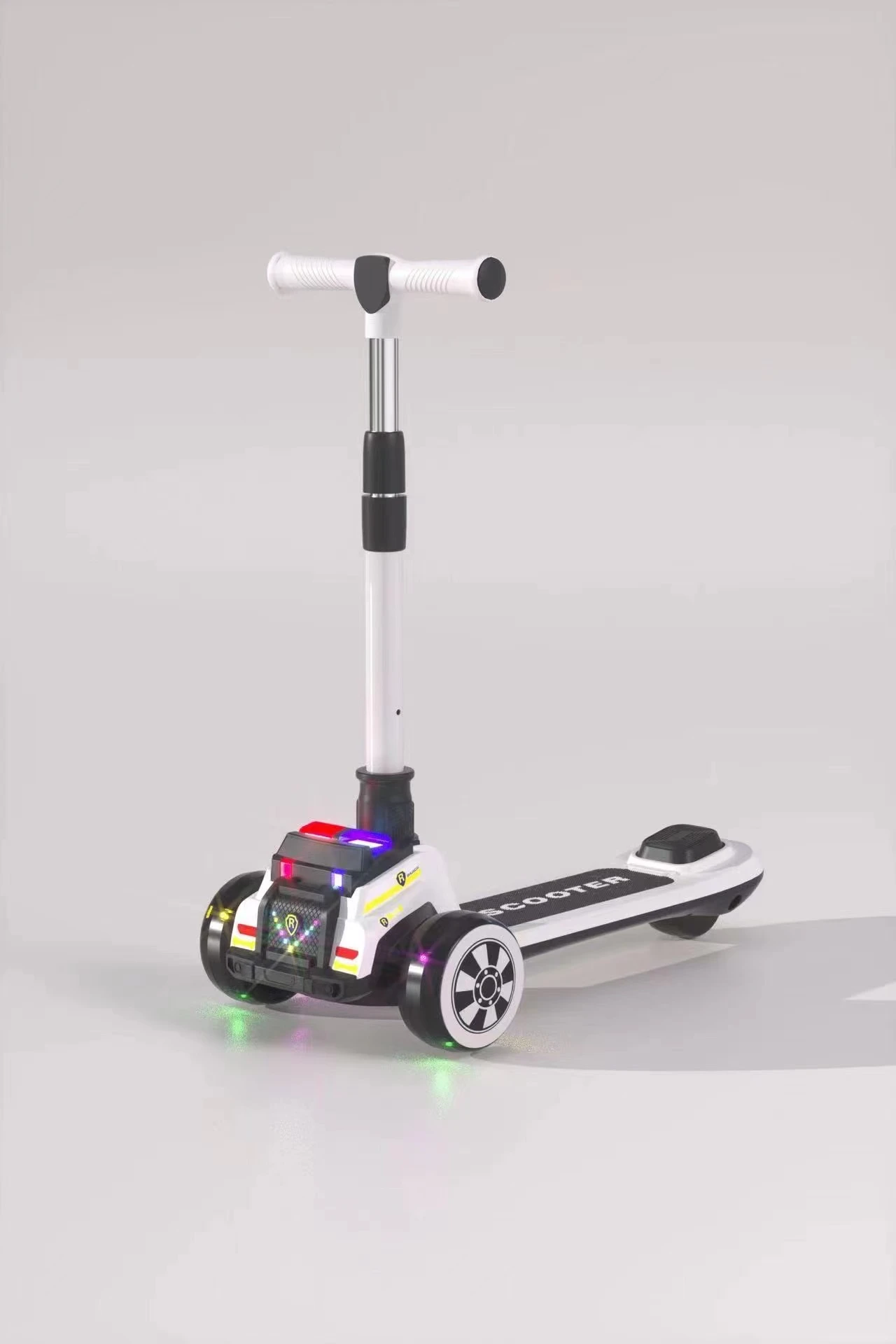how to teach a kid to balance on a bike
How to Teach a Kid to Balance on a Bike
Teaching a child to balance on a bike can be a rewarding experience for both the child and the parent. With patience and the right methods, you can help your child master this important skill and enjoy the freedom that comes with cycling. Here’s a step-by-step guide to get started.
1. Choose the Right Bike
Before you start, ensure that your child has a properly fitted bike. A bike that is too big or too small can make balancing more difficult. When standing over the bike, your child should be able to touch the ground with both feet flat while sitting on the saddle. This ensures they can get on and off easily and have a stable base while learning to balance.
2. Safety First
Safety is paramount when learning to ride a bike. Equip your child with a properly fitting helmet and any other protective gear like knee and elbow pads. This will give both of you peace of mind, enabling your child to focus on learning rather than worrying about falls.
3. Find a Suitable Learning Environment
Choose a flat, open area with a smooth surface free from traffic and obstacles. Parks or empty parking lots can be ideal. The area should be safe and have enough space for your child to practice without feeling overwhelmed.
4. Start with the Basics
how to teach a kid to balance on a bike

Begin by teaching your child to walk with the bike. Have them practice scooting along while sitting on the bike and using their feet to push off the ground. This will help them get a feel for the bike and build confidence. Encourage them to lift their feet off the ground briefly while scooting, getting comfortable with the sensation of being off-balance.
Once your child is comfortable walking with the bike, progress to gliding. Have them push off with their feet and then lift them up, allowing the bike to roll forward. Focus on keeping their body upright and looking ahead rather than directly down at the ground. This practice can help them understand how to balance while in motion.
6. Pedaling and Steering
After your child feels comfortable gliding, it’s time to introduce pedaling. Start by helping them learn how to start pedaling from a stop. Hold onto the back of the seat or shoulder to provide balance as they begin to pedal. Encourage them to look straight ahead and steer gently.
7. Build Confidence and Encourage Practice
As your child gains confidence, gradually let go, allowing them to balance on their own. Celebrate their successes, no matter how small, and encourage them to practice regularly. The more they ride, the more skilled they will become.
Conclusion
Teaching a child to balance on a bike requires time, patience, and encouragement. Every child learns at their own pace, so ensure you remain supportive throughout the process. Once they master balancing, cycling can become a joyful and lifelong activity that promotes outdoor play, independence, and confidence. Happy riding!
-
kids-scooter-tiny-olympic-games-scooterathlonNewsAug.22,2025
-
kids-scooter-waves-xingtai-zhongzhous-global-rippleNewsAug.22,2025
-
baby-tricycle-oem-legacy-zhongzhou-forgedNewsAug.22,2025
-
xingtais-twin-tricycle-revolution-siblings-ride-togetherNewsAug.22,2025
-
baby-tricycle-design-inspired-by-ancient-armorNewsAug.22,2025
-
nfc-chip-enabled-oem-baby-tricycle-trackingNewsAug.22,2025
-
The Perfect Baby TricycleNewsAug.11,2025








